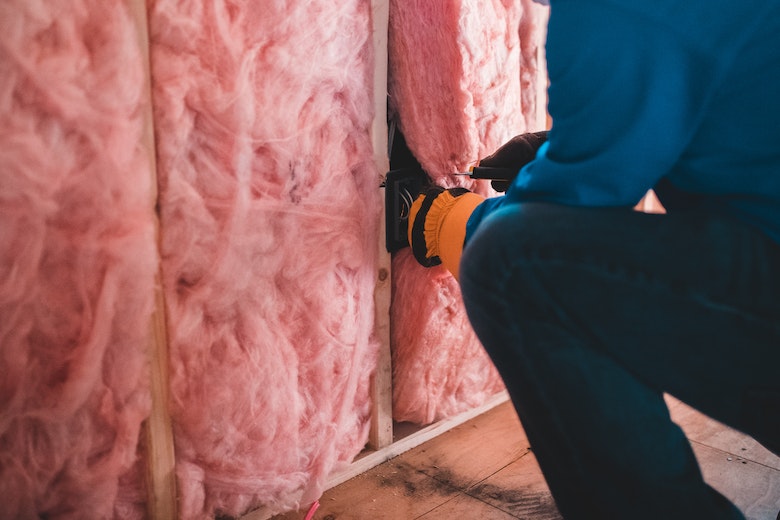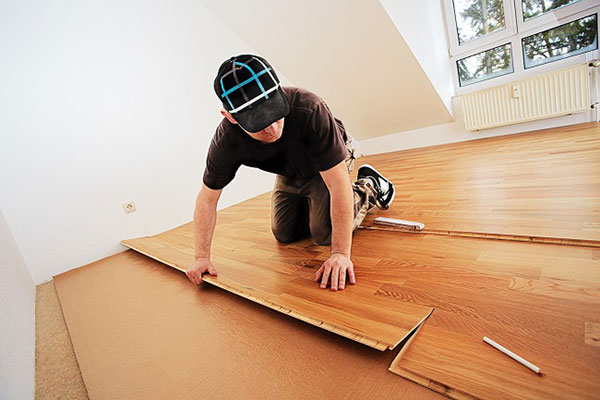For future residents of your builds, effective insulation means better thermal regulation and lower energy bills.
Even though the price of insulating materials has risen over the past five years, installing insulation in your projects is an investment that more than pays itself off in higher-quality results and increased client satisfaction.
Yet to ensure the homes you work on are properly insulated, you also need to be familiar with the different types of insulation and how they work.
With that in mind, we’ve written this short guide. Read on to learn about the different types of property insulation.

Table of Contents
Roof Insulation
We all learned in science classes that heat rises. When this happens in your home, the heat then escapes through a combination of convection and conduction through the roof of a property. That’s why it’s necessary to install roof insulation to prevent heat loss through the floor of a loft and ensure it stays trapped inside the property.
Roof insulation is one of the easiest ways to improve a house’s energy heat retention. It isn’t as expensive as other forms of insulation and can last as long as 40 years – giving a great return on investment.
Cavity Wall Insulation
A building’s walls are another area you should focus on when it comes to insulation, especially since as recently as 2020, only around half of English homes had wall insulation. Most modern builds have cavity walls – walls consisting of two layers of bricks with a hollow space in between.
While this type of wall is cheaper to build than solid walls and also more insulated owing to the cavity inside, they still leave much to be desired as far as heat retention is concerned.
That’s where cavity wall insulation comes in. By filling this space with a material designed to prevent heat transfer, you can significantly improve the energy efficiency of the entire dwelling.
Pipe Insulation
The typical central heating system works by running hot water from a boiler to radiators in each room in a house. Along the way, this water can lose its heat through the pipes its conducted through. Pipe insulation addresses this problem. Placed around a building’s pipes, it reduces the amount of heat conducted through them – keeping the water hotter for longer.
What’s more, it’s incredibly cheap. Installing pipe insulation is as simple as measuring the diameters of the pipes you need to insulate, purchasing the corresponding insulation from a DIY store, and then placing it around the pipes. If you’re looking for an easy win to boost the EPC rating of a property you’re working on, pipe insulation is the way to go.











Leave a Reply